The Digital Accessibility Conference: Sessions Review Part 3
August 4, 2023
On the 29th of June 2023, Learning Technology hosted a Digital Accessibility Conference at the University of Nottingham. In this series of blog posts, we are reflecting on the conference and sharing reviews written by members of the team who chaired panels during the 2023 conference. In this final post in the series, Sally Hanford …
The Digital Accessibility Conference: Sessions Review Part 2
August 3, 2023
On the 29th of June 2023, Learning Technology hosted a Digital Accessibility Conference at the University of Nottingham. In this series of blog posts, we are reflecting on the conference and sharing reviews written by members of the team who chaired panels during the 2023 conference. In this post, Ben Atkinson reflects on the short …
The Digital Accessibility Conference: Sessions Review Part 1
August 2, 2023
On the 29th of June 2023, Learning Technology hosted a Digital Accessibility Conference at the University of Nottingham. In this series of blog posts, we are reflecting on the conference and sharing reviews written by members of the team who chaired panels during the 2023 conference. In this post, Dave Corbett reflects on the lightening …
The Digital Accessibility Conference: An Overview
August 1, 2023
On the 29th of June 2023, Learning Technology hosted a Digital Accessibility Conference at the University of Nottingham. It was in person and free thanks to libraries and the Teaching and Learning Committee, who supported the conference financially and were key backers in putting the event on. Throughout the rest of this week, we will …
Moodle 4.1: Introducing the Peer Assessment Activity
July 25, 2023
As part of the 2023 upgrade to Moodle 4.1, a new activity will be introduced which allows academics to run peer assessment tasks in their Moodle module. The new activity is called Peer Assessment. The Peer Assessment activity is essentially a group assignment submission combined with peer grading, allowing students to assess each other for …
Facing the Future of Teaching in Higher Education
July 21, 2023
The Learning Technology Team recently had the pleasure of supporting Teachfest (University Park), and the theme for this year was ‘Facing the Future of Teaching in Higher Education’. The Teachfest events have an informal atmosphere and provide opportunities for educators to share their practices, discuss and reflect on teaching and learning experiences, and exchange ideas in …
Moodle 4.1: Moodle board and the opportunities for teaching and learning
July 18, 2023
Moodle board introduces new opportunities for interaction, providing students with a versatile tool for sharing ideas and group work. Columns are set up on a virtual board to create a structured framework for students to add their contributions, in the form of post-it notes. The board provides a platform for synchronous and asynchronous activities, featuring …
Downloading Feedback From Your Assignments
July 11, 2023
At this time of year students will be looking to download and view their feedback from assignment submissions. We recommend that you save a copy of all your feedback for future reference, in order to plan for future assignments, or revise for exams. You might also want to provide evidence for future job applications and …
Technology for learning or for employment?
How do we use digital technology in Higher Education? It’s not just about using it to create better ways to enhance learning, focusing on facts and skills in a particular discipline. A big driver for us now is using digital technology to create an education that prepares students for life and work in the future. …
Five minutes with… Joe Bell
July 4, 2023
We asked Joe Bell: what is your job role? Video Production Support Officer What 3 words describe you? Helpful, Enthusiastic, Innovative Tell us something ‘unusual’ about yourself I’ve exhibited artwork at Whitechapel Gallery, London Design Week, Edinburgh Fringe, Brighton Fringe, Sweden, Lisbon, and most recently Denver, Colorado. What excites you about learning technology? Empowering educators …

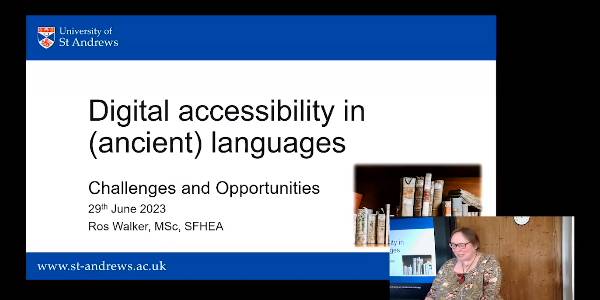
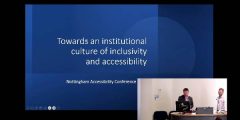

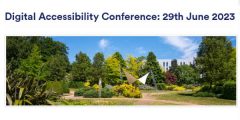
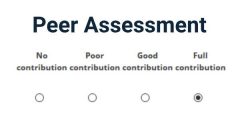
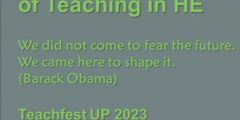
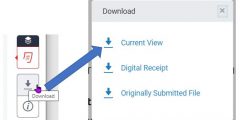
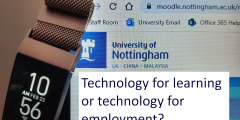

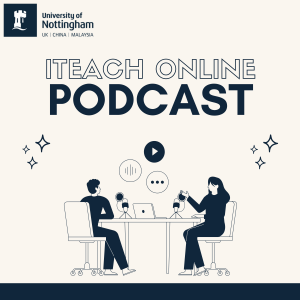
Recent Comments